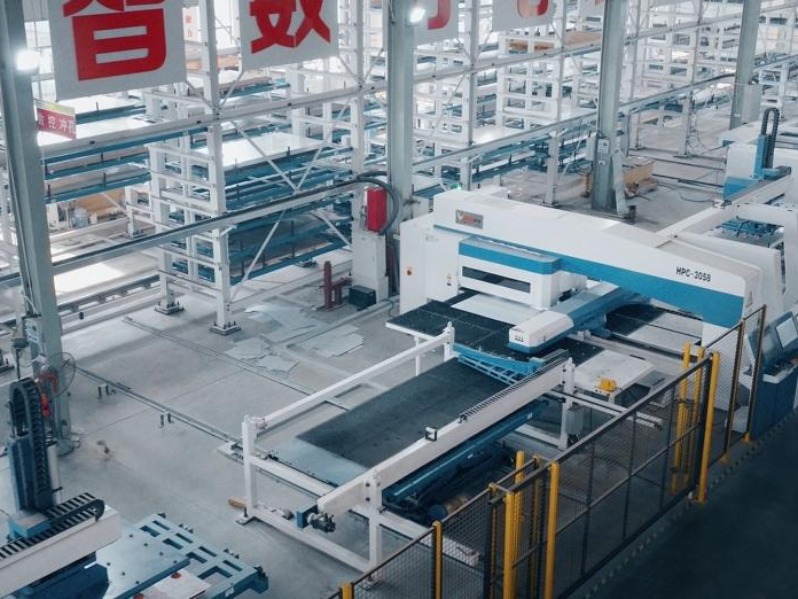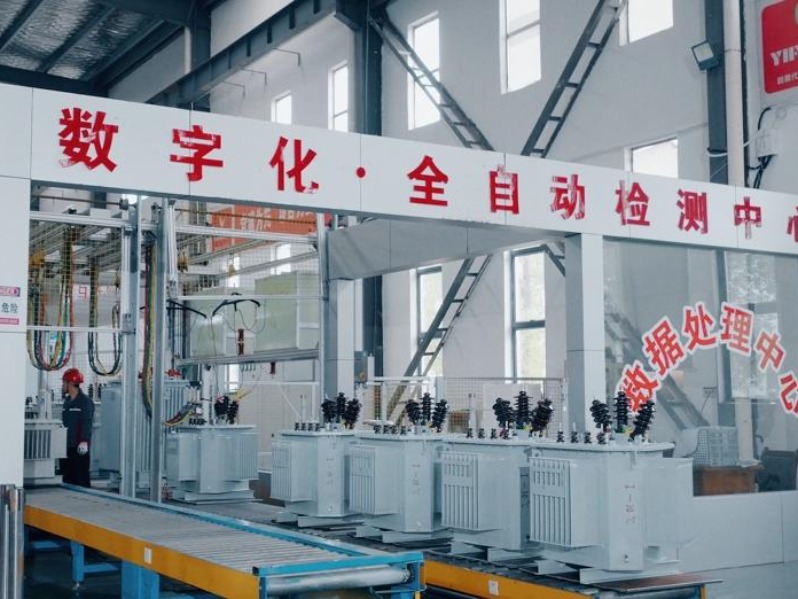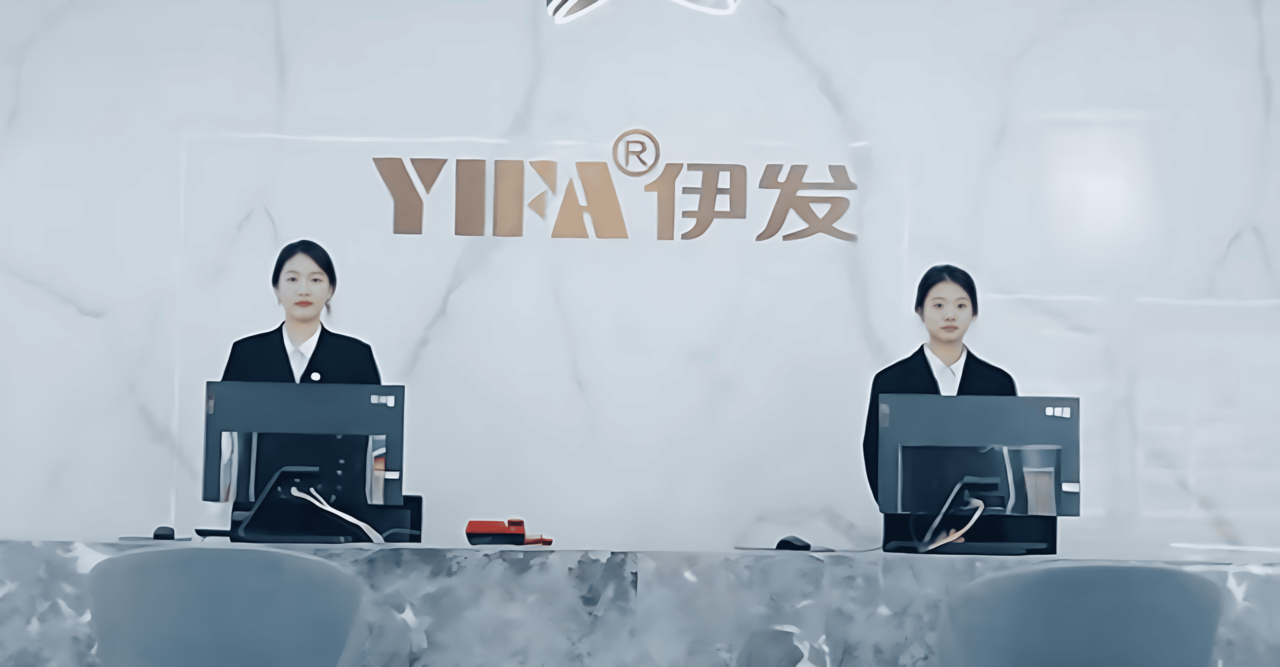Product Advantage
-

Safety and Reliability
Low-voltage products are designed to ensure safe and reliable operation. They often incorporate safety features such as overcurrent protection, short-circuit protection, and grounding systems to minimize the risk of electrical hazards.
-

Energy Efficiency
Many low-voltage products are designed to be energy-efficient, reducing power consumption and lowering operational costs. This is particularly important in industries where energy usage is a significant expense, such as manufacturing and data centers.
-

Flexibility and Versatility
Low-voltage products offer a high degree of flexibility and versatility. They can be easily adapted to different applications and configurations, making them suitable for a wide range of industries and use cases.
-

Compact and Lightweight
Due to their low-voltage design, these products are often more compact and lightweight compared to high-voltage systems. This makes them easier to install, transport, and maintain.
Frequently Asked Questions
-
What are the rated voltage and current of low-voltage switches?

Low-voltage switches typically have a rated voltage of DC 24V (other voltage ratings like AC 220V/380V are also available depending on the application). The rated current varies by model and specification, so users should select the appropriate current rating based on their specific needs.
-
What types of low-voltage switches are available?

Low-voltage switches come in various types, including circuit breakers, load switches, disconnect switches, and fuses. They are also categorized into indoor and outdoor types based on their operating environment.
-
In which scenarios are low-voltage switches widely used?

Low-voltage switches are extensively used in low-voltage power distribution systems in power plants, substations, and industrial and mining enterprises for power distribution and circuit protection. They are also crucial in fire protection systems, household distribution boxes, and industrial equipment control.
-
What role do low-voltage switches play in fire protection systems?

In fire protection systems, low-voltage pressure switches provide rapid signals to ensure that firefighting equipment activates promptly during a fire, buying valuable time for rescue operations.
-
What should I do if the contacts of a low-voltage switch overheat?

Overheating contacts may result from reduced contact pressure, increased contact resistance, or excessive contact wear. Check if the contact springs are deformed or annealed, clean dust and dirt from the contact surfaces, or adjust the contact travel to resolve the issue.
-
Why can't the circuit breaker in a low-voltage switchgear panel close?

Possible reasons include a malfunctioning under-voltage coil, poor contact on the closing button, a blown control circuit fuse, insufficient stored energy in the circuit breaker, or inadequate control voltage for the closing electromagnet. Troubleshoot each potential cause to identify and fix the problem.
-
How do I maintain a low-voltage switch?

Regularly inspect the switch contacts for oxidation and check the temperature to ensure normal operation. Verify that the operating mechanism is flexible and reliable. Clean dust and dirt from the switch surface to keep it dry and clean. For switches not in use for extended periods, perform periodic energization tests to check their performance.
-
How do I choose the right low-voltage switch?

When selecting a low-voltage switch, consider parameters such as rated current, voltage, and the number of circuits based on your specific requirements. Ensure the switch has relevant certifications (e.g., EAC, GOST) for safety and reliability. Additionally, choose the appropriate switch type and specification for your application scenario.
-
What factors should I consider when selecting a low-voltage switch for industrial use?

For industrial applications, prioritize switches with high durability, corrosion resistance, and the ability to withstand harsh environments. Consider the switch's breaking capacity, short-circuit protection features, and compatibility with existing electrical systems.















